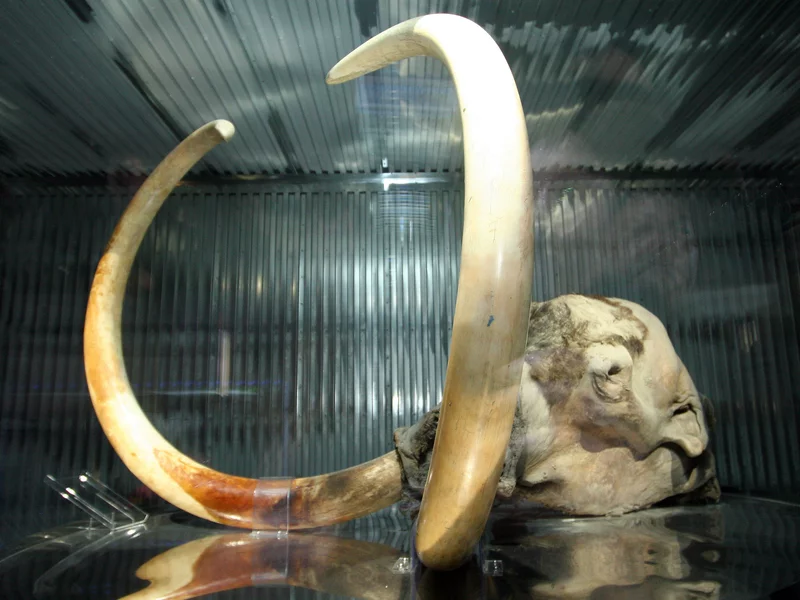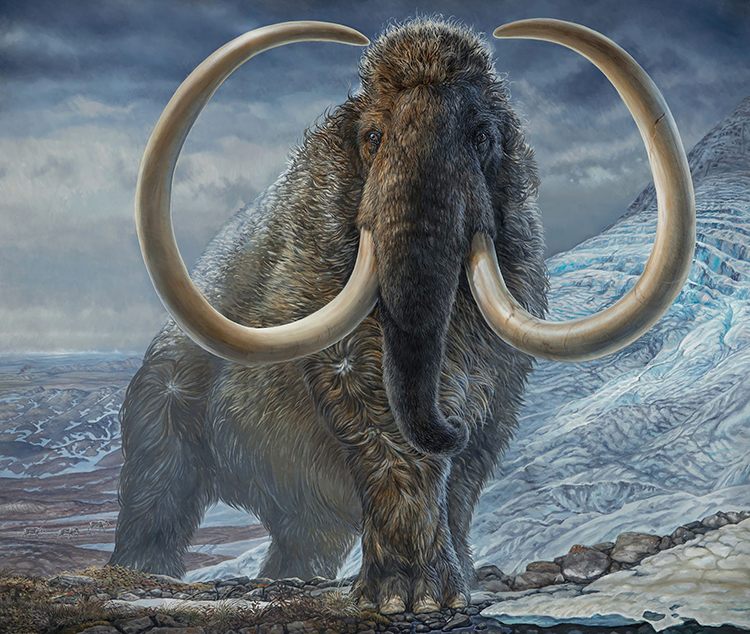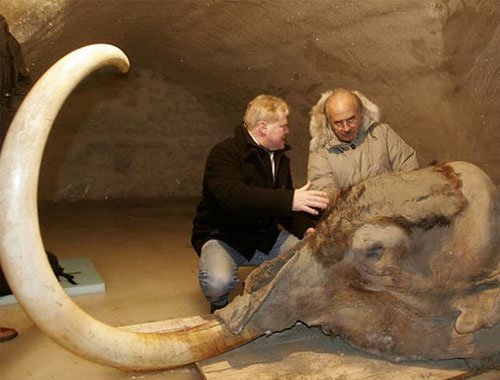Dr. Victoria Herridge isn’t exactly an archaeologist, she’s actually a paleontologist who specializes in ancient elephant species.
She chose to highlight a paper published in Nature last February that reported the successful sequencing of DNA retrieved from mammoth teeth found in permafrost in Siberia. DNA is more than a million years old and is the oldest DNA to ever be successfully sequenced.

The discovery challenges the previously held theory that there were only one mammoth species in Siberia at the time, instead showing multiple genetic lineages. The researchers spoke with NPR’s All Things Considered last February.
However, for Herridge, it was the age of the DNA that got her most excited, which has broad implications for paleontology, archaeology and a number of adjacent fields, she said.
“To me, it’s just like a proper game changer!”

Herridge said this DNA was especially valuable because the last million years were a key period for understanding the course of mammal evolution.
She points out that while the cold conditions of the permafrost helped preserve the DNA, the sheer age of the samples is groundbreaking nonetheless.
“It shows that you can get genetic information way, way, way further back in time that we previously thought was possible.”

Herridge made sure to highlight one of the paper co-authors, Patrícia Pečnerová, whose ingenious lab techniques made sequencing the DNA possible.
“I think it shows that the things that maybe were previously dismissed as being impossible may not be impossible. And so maybe we shouldn’t rule out the chances with decent, careful lab work and developing techniques.”





